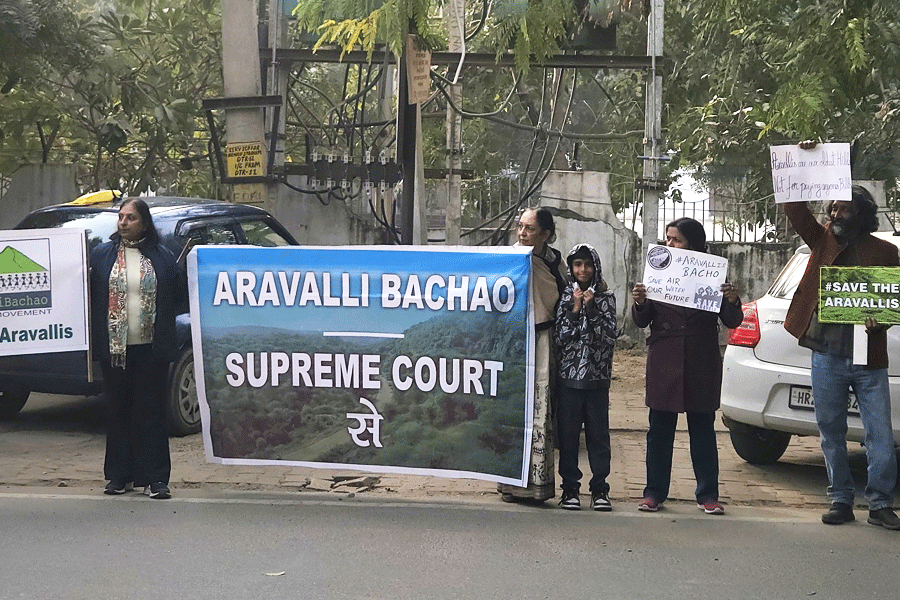Paradip, Oct. 1: A three-member team of technical experts from World Bank inspected the 145-year-old Hukitola colonial monument a few days ago to formulate restoration plans for the heritage site.
The Victorian-era building, nestled along an unmanned island close to Gahirmatha marine sanctuary, has been lying in a dilapidated state for years.
It has undergone constant wear and tear because of the highly saline atmospheric condition.
The restoration project — part of a special initiative under the World Bank-funded Integrated Coastal Zone Management Programme — is estimated to cost Rs 50 lakh. “
We are trying to maintain the original character of the colonial monument while undertaking conservation work,” said a World Bank expert.
“The 145-year-old structure dates back to the late Renaissance period. Such a structural marvel built by the British is not present anywhere else in Odisha,” said Bijoy Kumar Rath, noted archaeologist who headed the World Bank expert team.
“We have inspected the site and examined the structure. The restoration should be carried out by organisations having expertise in such delicate work. Everything should be done to ensure that the structure does not lose its original design and charm after renovation,” said Rath.
“The stone-cut edifice has many distinctive features that need to be protected. Coloured granite and sandstone has been used at many places. The multi-coloured stones give the monument its unique look,” he said.
Divisional forest officer Manoj Kumar Mahapatra, who accompanied the expert team, said: “The deserted building in an isolated and unmanned island is a breathtaking sight. The Bay of Bengal and the mouth of the river Mahanadi cradle it. After restoration eco-tourism in the area will get a boost.”
The grand structure is reminder of the fact that this region was the hub of maritime trade and commerce during the British rule. The Britishers also constructed a big godown to stock goods for their business.
The Victorian era monument had a meticulously planned rainwater harvesting system. Its sloped roof allowed rainwater to flow down to big pots.
The water thus collected was used for drinking purposes. However, the historic building was never maintained or refurbished after the British left India.
Hukitola’s glorious past finds mention in the autobiographical account of former Cuttack collector John Beames.
“Under the technical supervision of the then chief engineer of irrigation, J. Huki Waker, the marvellous edifice was built in the idyllic island in 1867. Beam’s autobiography — Memoirs of a Bengal Civilian — contains a detailed description of Hukitola. Stone blocks from the ruins of Cuttack’s Barabati fort were used while erecting the structure,” archaeologist Rath.










